Mountain Service Distributors: Vapor Growing in C-stores
- Editor's Picks News This Week People Retail Shop talk
- June 22, 2020
- 15 minutes read
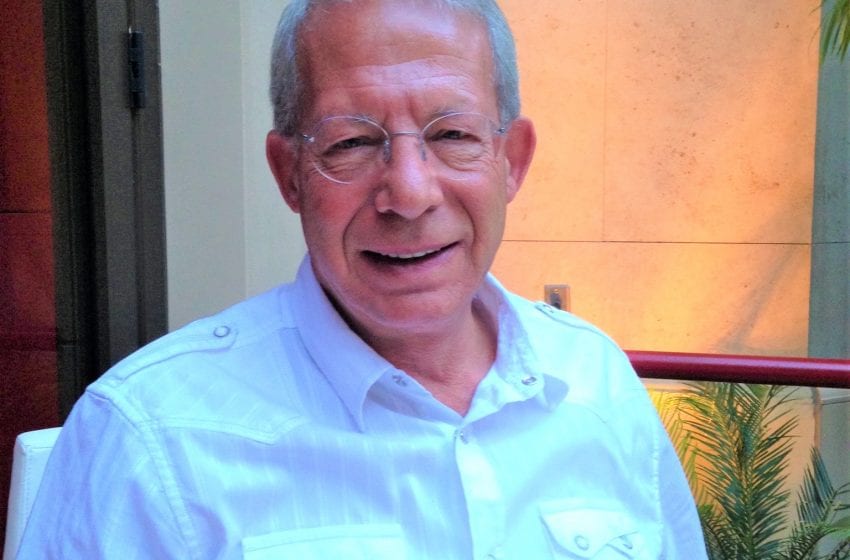
Stephen Altman
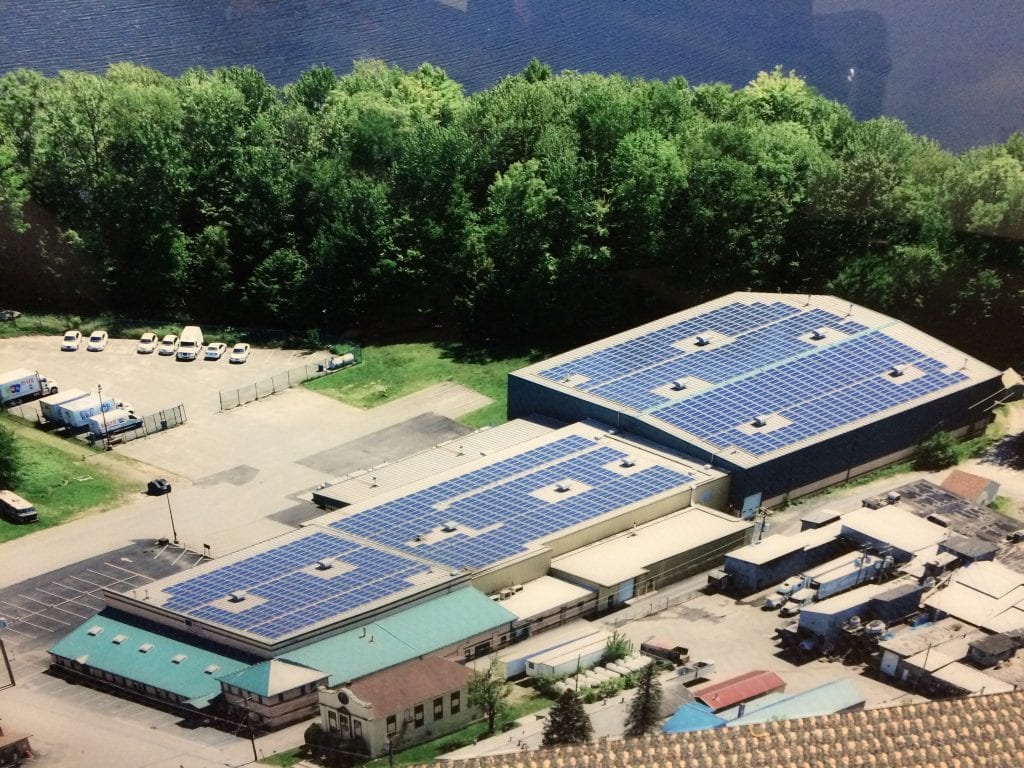
Mountain Service Distributors owner says vapor product sales continue to rise in convenience stores.
By Timothy S. Donahue
Refrigerators didn’t exist when Mountain Service Distributors (MSD) began operating in 1929. Situated in the Catskill Mountains of upstate New York, USA, the family-owned distributing company started as an ice delivery service that added candy sales to its portfolio by pure happenstance. Located near where the famous Woodstock Music Festival was held in 1969, Stephen Altman’s—MSD’s current president—father was operating an ice delivery company when a candy manufacturer in Brooklyn, New York, asked the older Altman if he would sell candy along with the ice.
The business was doing well. Then refrigerators started appearing in homes, and no one needed ice deliveries. Candy became the company’s new cash cow. The company kept adding on more and more products such as chips and soft drinks. MSD’s history reads much like the history of convenience stores themselves. As cars became more reliable, gas stations were closing their repair shops, and MSD started using the empty space to sell supplies to travelers and the local community. As the c-store market grew, so did MSD. Stores needed greater varieties of product, so MSD began to increase the number of SKUs it could deliver.
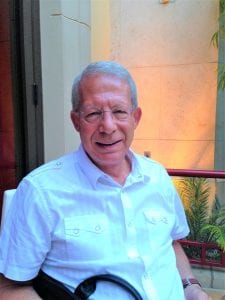
“When I was a kid, we sold candy and tobacco and a lot of potato chips. We also had an ice cream business that when my father passed away, his brother, who was a junior partner, had to make a decision [about] because we had all these insulated iceboxes that we would sell ice cream and dry ice [from]. Now he had to replace 500 iceboxes, and he didn’t want to invest in compressor-driven refrigeration for ice cream. He sold the ice cream business,” says Altman. “Twenty or so years later, I became a Slush Puppie distributor. And now I had to buy hundreds and hundreds of machines that made slush. So, it was an interesting turnaround.”
During the TMA digital conference “Unsteady Ground: Shifting Landscapes,” Altman discussed the c-store industry today and how vapor products have become best sellers.
Vapor Voice: How has Mountain Service Distributors faired during the Covid-19 pandemic?
Steve Altman: We’re a convenience store supplier; the reason is not the tobacco element, but we’re able to stay open because we supply groceries to convenience stores. We have had a few issues. Some of the stores that are customers of ours are not allowed to be open, and we have an [accounts receivable] problem where they closed up and didn’t pay their bills. And we’re working through that issue as well.
What we find interesting is that the c-stores that are open—and most of them are open because they carry food—they’re doing very well because a lot of shoppers are afraid to have their bodies in crowded supermarkets. So, they’re buying a lot of groceries in convenience stores where they never did that before.
What has the growth of Mountain Service Distribution been like?
Well, when I started out here full time in 1962, we didn’t do a million dollars in sales a year … There’s only three ways for my kind of business to grow, and it’s probably [the same] for many other businesses. You either get your customers to sell more product, which is very difficult to do, or you obtain new customers. But the biggest growth comes from when you can buy out another distributor and hope to obtain 75 percent of the business. Over [a] period of years, nothing lately, I’ve bought out seven other distributors.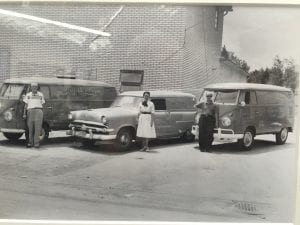
Looking back, was acquisition the proper way to go about your growth?
Oh, absolutely. Some of these were competitors of ours that we always had a high, I guess, business ethics with each other. We didn’t cut each other’s prices. I gained their trust through keeping to that way of doing business … I just bought their inventory, and I helped them collect their accounts receivable. I hired their people.
How large is the complex where MSD is headquartered?
The complex is, at this time, about 100,000 square feet, with 30-foot ceilings, with forklifts and driving around. When I started, it was an icehouse. The walls were a foot thick, filled with sawdust. It was 40 feet by 100 feet, so, that’s what? 4,000 square feet. Now, it’s 100,000 square feet. We [are now doing approximately over $100 million in sales]. It’s not a lot. I am a medium distributor, but we have … one of the highest percentages of bottom line profits there is in the industry. Most distributors’ bottom line isn’t even 1 percent, and ours is over 3 percent.
How many different types of products do you distribute? How many different pieces?
Well, I think we have about 12,000 SKUs. Cigarettes and tobacco, and confectionery, and health and beauty aids, and sundries, and frozen beverage products and coffee products. And we sure sell a lot of water, which I’m not a fan of because retaining and getting drivers with CDL licenses is very difficult. And I don’t like breaking their back with heavy products like water.
We’re really heavy in electronic cigarettes. We have customers all over the country that my son has created because he’s become an expert in the category. And they range from wholesalers and vape shops and even retail chains. Those chains who buy from mega distributors, they don’t pay attention to the category and help the retailer grow it.
Are you only servicing c-stores and other traditional-type brick-and-mortar retailers?
We do prisons. We do vape shops. We do gift shops. We do pizza parlors. We do beach stores when it comes to frozen beverage. And we have six or seven wholesalers that are steady customers. And as I mentioned earlier, we have some chains, and I try to stay away from chains. I can never figure out how to make a profit on them. But we have some chains. We also serve the four casinos that are in the state of New York, not the Indian casinos, but the casinos that were licensed by the state of New York.
What is the state of the tobacco business in c-stores from your experience?
Well, starting with cigarettes, it’s been declining for years, as you are aware. The electronic cigarettes helped the decline. Lately, in the last few months since the pandemic, we’re selling more cigarettes and less vape. But different [rules] of the states we do business with has precluded the vape business a little bit because of the elimination of flavors … Overall, our vape business is up. Our tobacco business started growing a few years ago [when] roll-your-own became popular as the taxes in the Northeast went up dramatically. That’s still alive and doing well. So, overall, in the last 10 years, tobacco was 80 percent of our business; 80 percent of sales, not 80 percent of the profit. Today, it’s about 70 percent.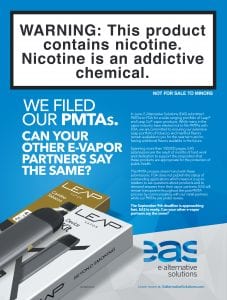
What types of vapor products are you selling?
We do very little e-liquid. We were selling both open and closed [systems], but now the closed systems have come under the eyes of legislators, and you know what happened with that. In New York state, it’s about to kick in [a flavor ban] on the 17th of May that only allows tobacco flavors. We found that even when we lost the Juul flavors of creme brulee … I had it take them off the market. I guess the steadfast consumer just switched to those [tobacco flavors]. They didn’t give up Juul. They just switched.
Have you seen an increase in sales of other salt nicotine closed systems, such as Leap and Njoy?
We carry them all. Juul has lost some market clout so to speak, but our Juul business is up because my son has created new Juul customers across the country. So, sometimes something happens in the country that doesn’t affect me, such as the flavor ban.
What are the challenges with distributing vapor products?
We constantly debate with United Parcel Service (UPS) that doesn’t like us shipping these things. Of course, they talk about the suit they’ve lost … but that was about cigarette sales to consumers. We don’t ship to consumers. So, we always have an issue with UPS constantly beating us over the head that we can’t be doing this. And we keep telling them we’re not shipping to consumers and blah, blah, blah. We only ship to people that have licenses to carry and sell the product. We are also having supply chain issues with products coming from China.
What have you seen or what do you believe is the issue with the supply chain? Is it mostly shipping?
Well, I think it’s [because of] the [Covid-19 pandemic] that some of these factories had to close up. But, to tell you the truth, Tim, I don’t worry about it. There’s no lack of some kind of product or a plethora of different brand products in my customers’ stores. There’s no shortage at retail. If they’re out of one brand’s orange, then they could a buy something else orange.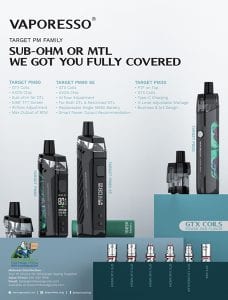
Vapor products are starting to overtake your tobacco products business, is that correct?
Oh, oh, it has. Well, when it started out—when Altria and RJ Reynolds went to [a large distribution company] and said, “We’re coming out with these things. What do you need for margin?” that fixed the margin on their products for us [too]. Of course, [the large distribution company] doesn’t have the expenses of most of the distributors. They have no sales force. They don’t have the expense of taking returns from retailers. But [the profit margins on vapor products] were better than tobacco items.
What is the current state of sales growth for vapor products in c-stores?
Other than the customers we have that we ship [to via] UPS Freight or UPS Ground in other states, I think, in my core, where my salesmen call on customers, it’s flat. There’s no decline. There’s no growth. Listen, different consumers get their news in different sources. And this business that happened a number of months ago where vape gets accused of poisoning kids, [the] recent lung disease outbreak found [it] to be caused by black market THC products when it turned out to be illicit home-packed marijuana sticks. The public got turned off. You know what I mean? They read about the problem, but they didn’t read about what the real problem was. Now you have a lot of apprehensive, potential users of electronic cigarettes that won’t go near them because they still think they’re poison.
How are you looking at future growth?
We are also improving [our technology]. If you get the retailer to put his order in with our app on his phone, then the salesman has more time to consult with him, right? And that’s worked. Half our customers place their own orders on our app on their smartphone, and we’re able to show them how to make more money, and then we become more valuable to them.